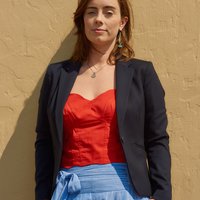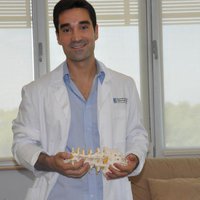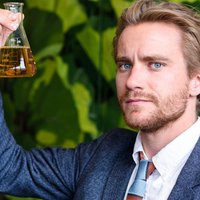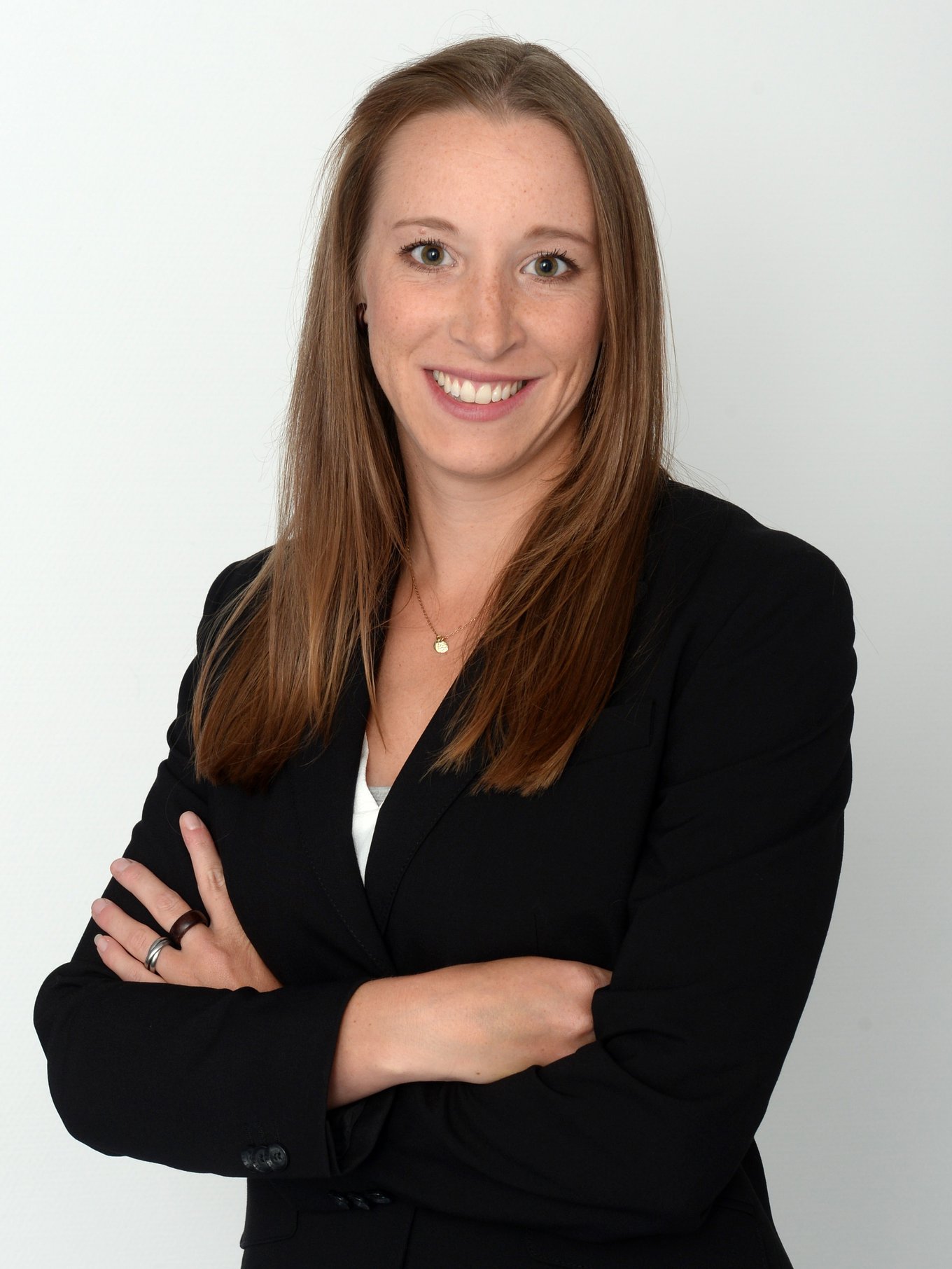Biotechnology & medicine
Svenja Hinderer
Developing replacement heart valves that grow alongside and adapt to children’s bodies as they mature

Global
Katherine Taylor
Her simple water pump could transform the lives of millions of farmers in India.

Asia Pacific
Angela Wu
Reading and writing the human genome

Europe
Carles García
Debilitating side effects caused by human error during the application of epidurals may become a thing of the past thanks to his medical device

Europe
Andreas Lautsen
No snake bites will be lethal thanks to the anti-venoms he has developed based on human antibodies
